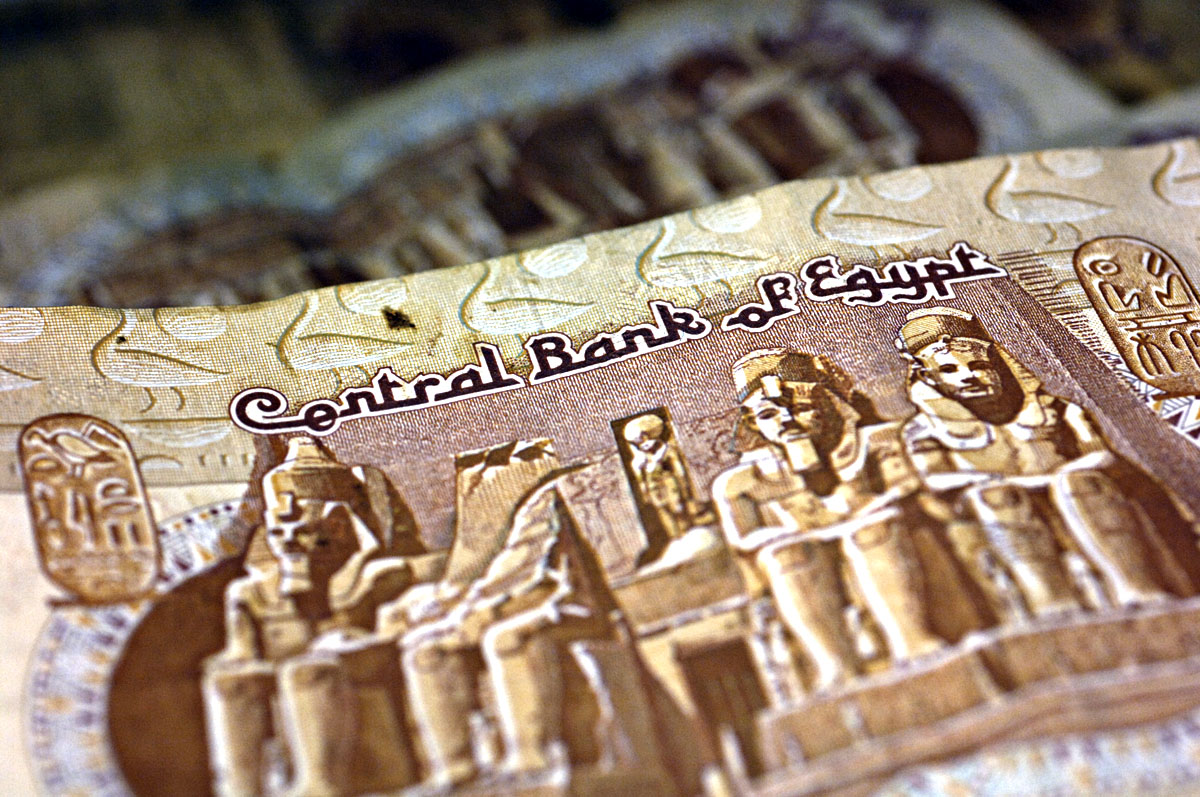
The Egyptian pound or ‘gineh’ – abbreviated as LE or EGP – crosses counters and circulates through countless hands every day; it enters slots or emerges out of them; it exists in paper and coin form, always at risk of rolling under a car or blowing away in the wind.
Money is such an inherent part of our everyday life (unfortunately!), and its fragile existence as we keep having to spend and re-earn this means of exchange in order to get by puts us under a constant strain, although this strain will vary in intensity according to social class.
Yet while preoccupied with the present and flooded with headlines about fluctuating exchange rates and devaluations, how often do we actually think about when the Egyptian pound first emerged as a currency; how much did it used to be worth?
We only learn from older generations bemoaning increasing fees that “this used to only cost xy!”, as they proceed to cite almost unbelievably low rental costs or transportation fees.
Let’s go back a little in time to track some of the currency’s earliest developments…
Emergence of the Egyptian Pound
Prior to the Egyptian pound – the currency still in use today – Egypt adopted the standard Ottoman unit of currency, the kurus, which was subdivided into 40 silver para.
This Turkish term of course resembles what we now know as qurush (qirsh in singular) or piaster, showing how even once the Ottoman Empire had collapsed, some of its successor states, notably Egypt, kept the qirsh as a denomination.
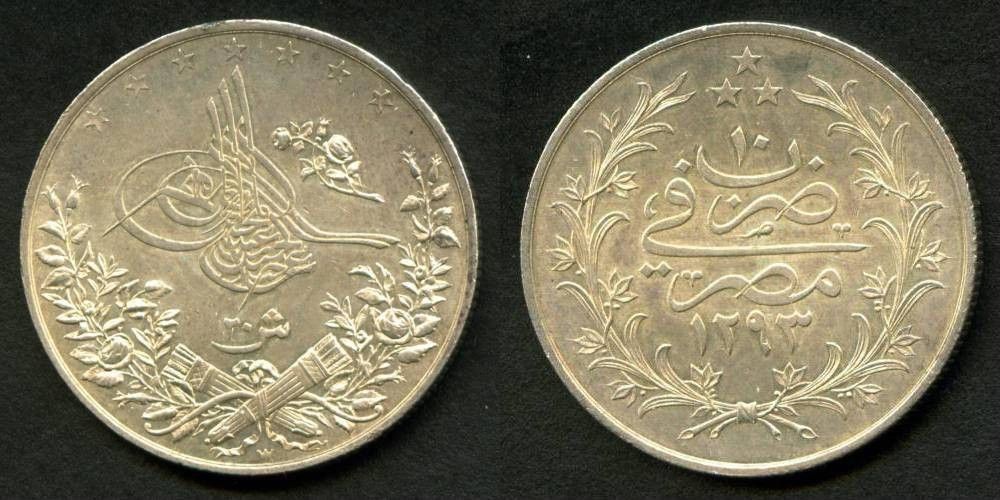
In 1834, Egypt adopted a bimetallic system of silver and gold on the basis of the so-called Marie Theresa thaler, a renowned Austrian trade coin that circulated as a currency across much of the Middle East and Africa.
Two years later in 1836, the Egyptian pound of 100 piasters was first ‘coined’ and introduced as the country’s basic monetary unit, remaining so up until 1885, at which point Egypt adopted the so-called gold standard, in other words based its currency on gold.
Indeed, in the context of a monetary reform implemented in 1885 under British pressure, and an economic crisis that made Egypt’s external debt skyrocket, bimetallism was superseded by gold, each pound containing around seven and a half grams of gold.
At the time, the British pound sterling was the most important international currency.
When the government came to establish the National Bank of Egypt in 1898, the latter would soon begin issuing paper money, a decision that also meant Egyptian banknotes were convertible into gold. This situation lasted until 1914, when the Egyptian pound banknote became the standard monetary unit.
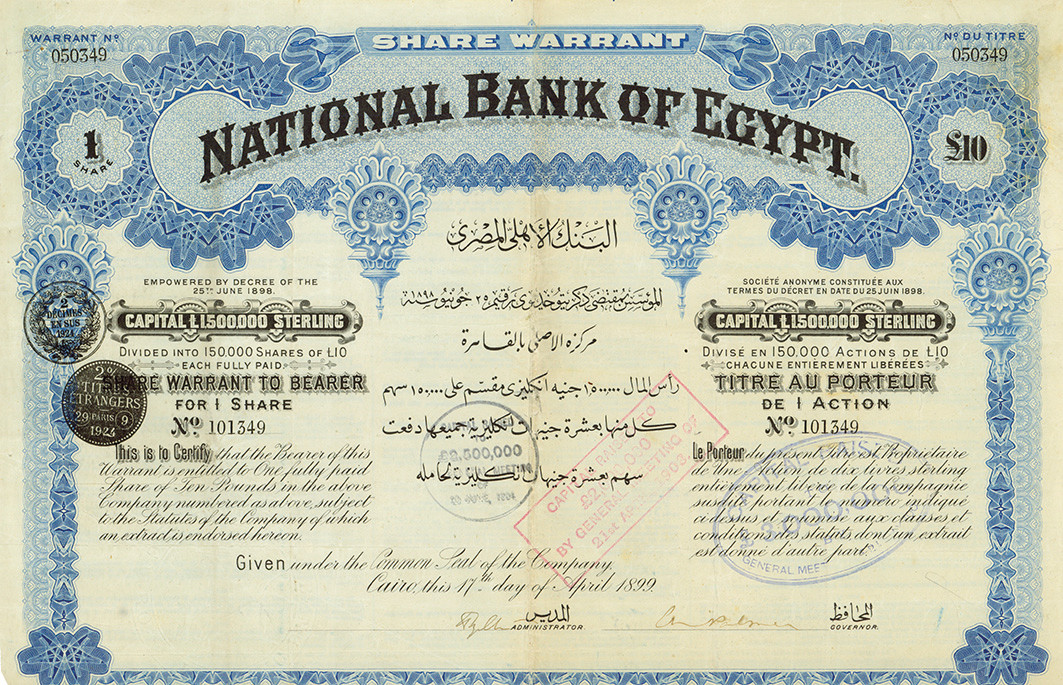
Egypt’s highest value notes of EGP £200, it might be noted, were not issued until as recently as in 2007.
When the First World War broke out in 1914, and in order to support its war efforts, Britain suspended the gold standard. At this point, Egypt shifted to the British pound, adopting a sterling exchange standard and thus becoming part of the so-called sterling area, which it remained a part of until 1962.
In 1962, the Egyptian pound was pegged to the US dollar at EGP £1 = USD $2.3.
Users of the Egyptian Pound
The sterling area comprised the various countries that used the pound as their currency or pegged their own currencies to the pound sterling. Most of these countries were members of the British Empire and the Commonwealth.
The Egyptian pound is of course such an example; it used also to be used in Anglo-Egyptian Sudan until 1956 and in Cyrenaica, the eastern coastal area of Libya, while it was under British occupation between 1942 and 1951.
From 1918 to 1927 the Egyptian pound also circulated in British Mandate Palestine alongside the Ottoman lira, after which the Palestine pound was introduced, equal in value to the sterling.
The Gaza Strip adopted the Egyptian pound in 1951, three years after the Egyptian army took control of the territory, and it continues to use the currency up until today.
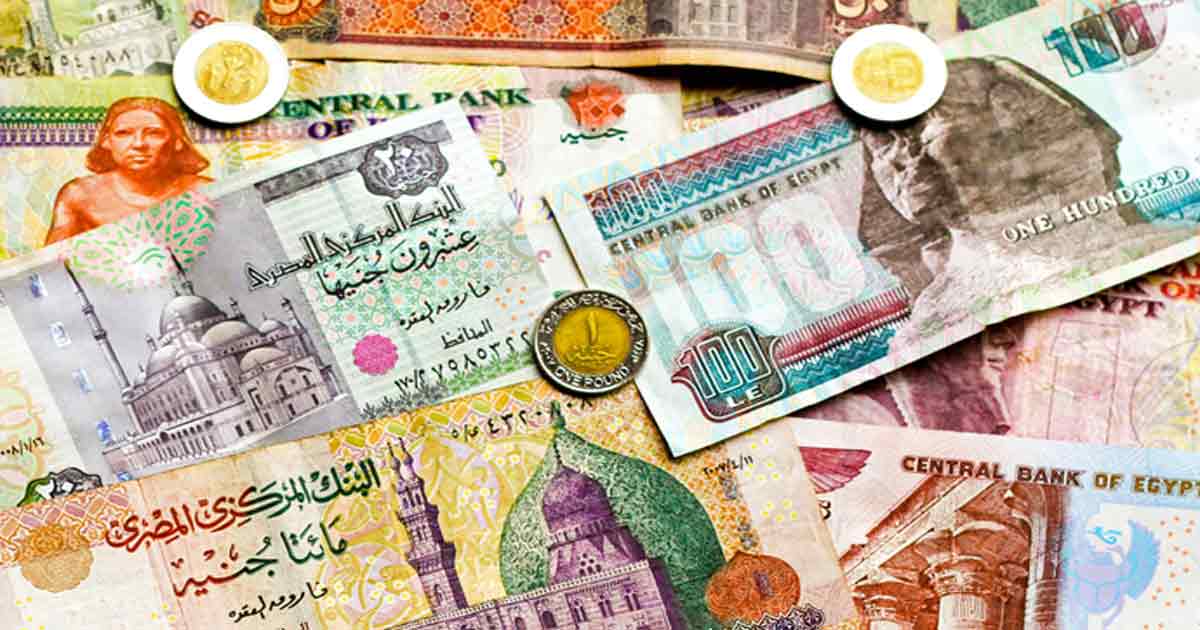
Today, the Egyptian pound is still up and running; in November 2016, Egypt’s central bank floated the pound in an attempt to stabilize its economy, which was suffering from a shortage of dollars.
The floatation was one of the IMF’s key demands made in order for Egypt to receive a $12 billion loan for the duration of three years.
In early August 2019 it was announced that Egypt received the final $2 billion tranche of its loan.
An analysis of the Egyptian pound’s more recent developments can be found in an earlier Egyptian Streets article.
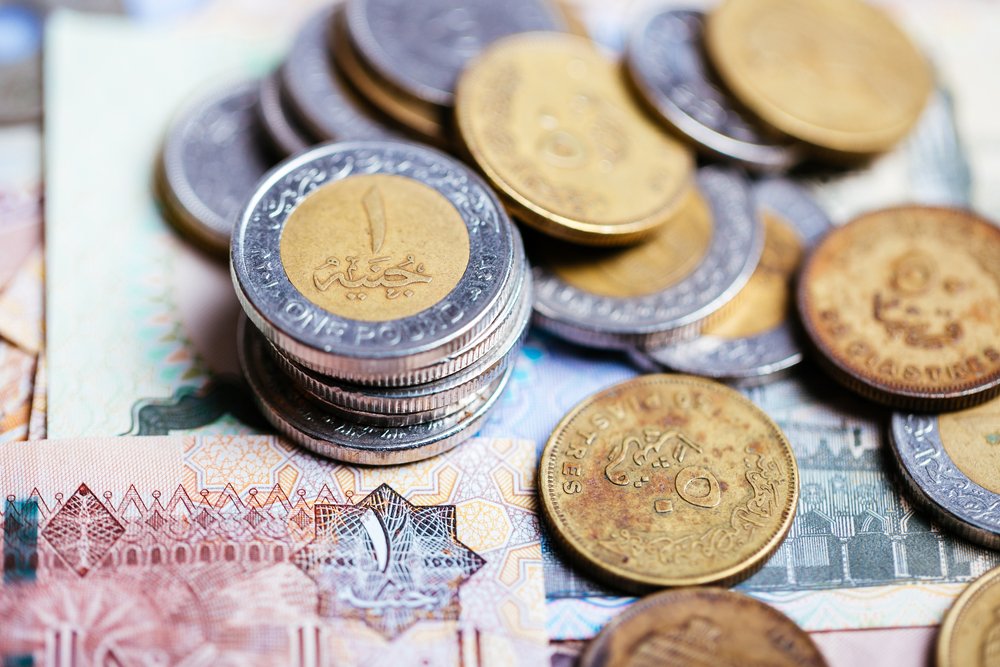






Comments (2)
[…] الأول كان طبع عام 1914، بعد مرسوم جعلها العملة الرئيسية لمصر. في ذلك الوقت ، […]
[…] first Pound was printed in 1914, following a decree that made it Egypt’s main currency. At the time, any and all available bills […]